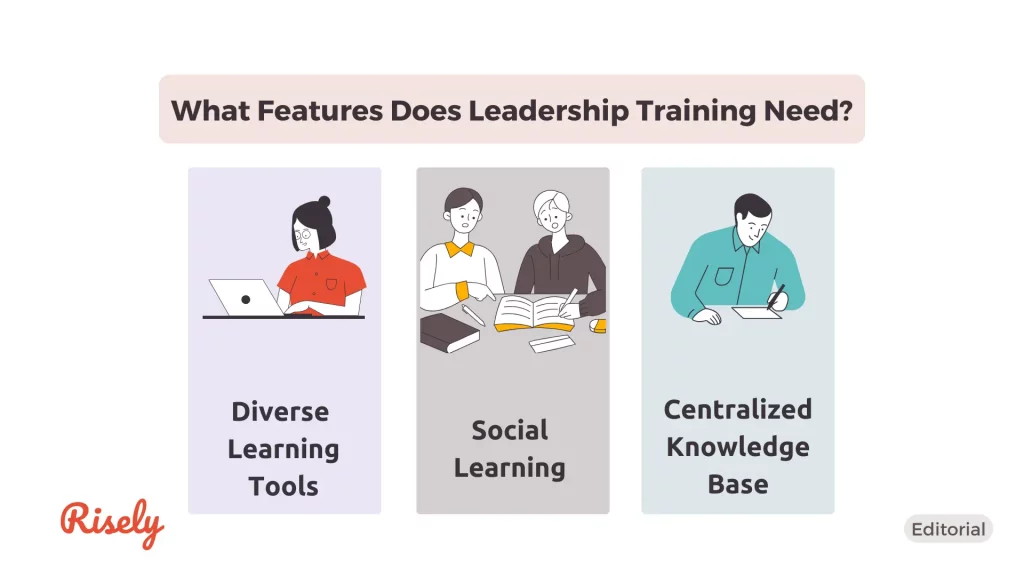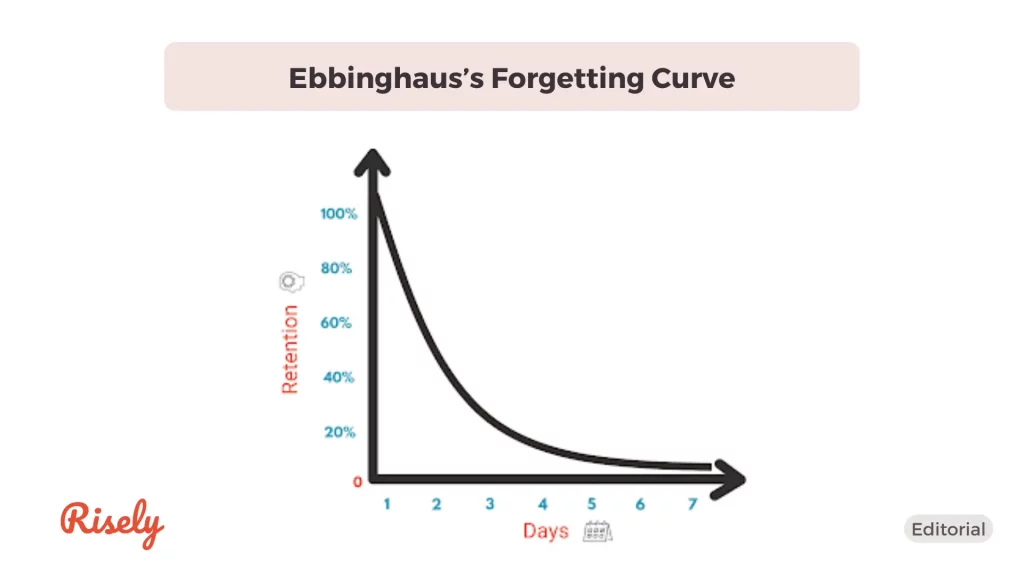Finding The Missing Pieces: What Makes Leadership Training Successful
In an SHRM survey across the US, 84% of employees in the US blamed the good ol’ managers for the underperformance of teams. They said at least half of their managers could do well by brushing up their skills. Moreover, employees felt their performance could be boosted if their managers got a shot up their arms. It’s no longer a confusion where people want impact – it’s the manager’s ability to manage. But the route is more complex than it seems because the training that delivers impact is often harder to locate than an illusion. McKinsey’s article, Getting more from your training programs, sheds light on the other side of the issue. Training is often dull, so much so that only about 25% of survey candidates witnessed an impact. Now, we are talking of more than just some boardroom lectures; we are speaking of a billion-dollar industry that is not helping L&D leaders obtain results. Some alarming figures came out in another survey by 360Learning with L&D managers across the US and Europe. In the US, 27% of learners responded that their management training was boring, while 23% said it was confusing or poorly structured. Similarly, in Germany, 23% agreed that their management training was tedious, while 31% said that it was confusing or poorly structured.What Can L&D Professionals Do?
John Ludike, the Head of Digital Talent Management & Leadership Training at Digitalent Consulting, explains:“Leadership talent management and development is fundamentally important to L&D as it enables organizations to competitively differentiate and sustain itself in the marketplace.”It goes without more emphasis on it – training is essential to raising effectiveness. At its root, training is critical in ensuring that your managers can justify their roles and envision professional growth for themselves. For you, as an L&D leader, training matters for more than that. Ensuring that your managers are trained is a key objective for you. That’s what makes your role worth it in the eyes of the organization and ensures that L&D operations are given their due share of importance in the conversation. Yet often, training remains on the backseat, making it ineffective. In the same study by 360Learning, it was discovered that a lot of training is not continuous or personalized to the roles. Instead, it’s a nice package of tips offered to everyone who ascends to the managerial throne at a time convenient to the organization. When these new managers are often stuck, there’s nothing to help them. The right touchpoints – the individual, their promotion to a managerial role, and their challenges, are amiss in this equation that takes heavy financial investment on one side. The challenge for L&D thus starts at the very beginning – where should training even be provided, and how much?
Other Interesting Reads
“Effective Training” is Much More Than Just Training
Even after an organization has recognized the need for training, some more issues persist. Primarily, the question is of impactful training. What constitutes effective training is a debatable question. But we do have some clarity on what’s ineffective training. In Michael Beer, Magnus Finnstrom, and Derek Schrader’s seminal essay for the Harvard Business School titled The Great Training Robbery, we find something interesting: Companies that trained thousands of employees to kickstart major transformations in workplace behavior fell behind the only one that chose to go differently. Investment worth billions does not work until and unless the organization facilitates a new pattern of thinking and leading. When the employees faced resistance from the system, they reverted to old ways despite the engaging and comprehensive training. The training initiatives at the companies being studied succeeded only when the leaders adopted and followed the ideas laid out. Further, training on collaboration and communication was more effective in units that enabled psychological safety. The writing on the wall is clear: effective training is complemented by widespread organizational changes to embody the values and attitudes you want to cherish. Unlike economics, the trickle-down effect is a little less debated and more supported by facts here. Thus, leadership training to create the ideal team members and reinforce values becomes all the more critical for L&D professionals and the HR function.3 Keys to Leadership Training Effectiveness
The conventional training set-up as a series of sessions, now modified into self-paced courses, has been deemed inadequate for years. But here’s the thing: a bad process after being digitized becomes a bad digital process. The mode of delivery is not going to switch things up. With the advent of AI and the rise of online training, the human experience has become a key determinant of successful training. So, what will work?
- Diverse learning tools call for multiple approaches. Think of how varied managerial roles can be. What a project manager needs to learn is best delivered through storytelling, while an employee relations manager‘s need might be fulfilled better with case studies. And that’s just one instance; every manager training would ideally incorporate multiple modes to ensure that monotony does not set in and every valuable lesson gets imparted correctly. It also allows L&D teams to use external resources on top of the internal material – enabling better coverage of the topics.
- A centralized knowledge base exists to solve problems when the trainees are learning themselves. First, it is an excellent resource for facilitating independent learning in one spot and is available to all without jumping through time-consuming bureaucratic hoops. Second, a centralized knowledge base supports the standardization of information delivered in training across many people.
- Lastly, social learning allows managers to learn processes and systems with their teams, model the right leadership behaviors and organizational values, and get real-time feedback and support. Social learning enables the sustainment of the information presented through the learning experience.
Grab the free training and development plan template by Risely!
Refocus on core elements for effective training programs with Risely.
Making and Measuring Impact of Leadership Training
When delivering training, John Ludike highlights end-to-end change enactment and management as one of the most common challenges. His assessment is supported by numerous L&D leaders looking for ways to track and demonstrate the impact of their initiatives effectively.“The measures of effective management leadership development are simply by providing evidence before and after the design, development, and deployment of solutions that have contributed to what we refer to as the organization’s leadership brand.”Johan Ludike, Head of Digital Talent Management & Leadership Training at Digitalent Consulting

Think of Context
Leadership training cannot be one-size-fits-all. Instead, focus on the specific challenges your leaders will deal with. Cut through the noise to build some transferable qualities in your leaders that help them in multiple real-life scenarios, not just in getting the perfect score in the end assessment.Train, Continuously
In the US, as many as 30% of candidates identified that management training either came too early or too late. This happens when there are no set areas to train managers in. Deliver it too early, and most of it does not find relevance. Be late, and the challenges are already there. L&D teams must find the spot for providing leadership training and building systems to reinforce it.Integrate Humans and Tech
One of the most common issues with training is that it is dull and unengaging. To solve this, Denise suggests enhancing human interaction throughout the process. Focus on interventions that balance both sides, scale using tech, and empathize through real people.Focus on Impact
Most importantly as an L&D leader, show your impact on the business side. Leave the chase of perfect KPIs behind because even after completing assessments with perfect scores, many employees skip over the lessons and take away nothing from the training.Remember that Training is not a Panacea
In the words of Amy Edmondson of HBS and Anita Woolley of Carnegie Mellon— organizations need “fertile soil” in place before the “seeds” of training interventions can grow. Prepare the team culture by getting the leaders on board for the impact you wish to create before kickstarting training.
Key Takeaways
The landscape of leadership training is marked by both challenges and opportunities, as revealed through surveys and insights from industry leaders. The traditional approach to training, often criticized for its ineffectiveness, has prompted a shift toward more dynamic and impactful strategies. The need for continuous and personalized training, coupled with the demand for contextual relevance, calls for a departure from standardized, one-size-fits-all programs. However, the ultimate success of leadership training hinges on its alignment with broader organizational changes and its tangible impact on business outcomes. As learning and development professionals navigate the complexities of leadership training, emphasizing context, continuous learning, human-tech integration, and a focus on demonstrable impact becomes imperative. It is through these concerted efforts that leadership training can truly become a catalyst for organizational growth and development.Grab the free training and development plan template by Risely!
Refocus on core elements for effective training programs with Risely.
Other Related Blogs
Building an Ultimate Leadership Development Action Plan
How to Build a Leadership Development Action Plan? Having a strong Leadership Development Action Plan is more critical than ever in today’s evolving business world. Whether you’re looking to drive…
Leadership Journey Examples on the RiseUp Radio Podcast
Leadership Journey Examples on the RiseUp Radio Podcast Leadership isn’t a destination – it’s a journey filled with twists, turns, and transformative moments that shape not just careers, but entire…
What is Immersive Learning? A New Era in Education
In this blog, you’ll learn what is immersive learning and how it is changing training, increasing engagement, and influencing the future of workforce development. … Read More
What are Learning Designs? All You Need To Know
This blog explains what learning designs are in depth while also covering it’s key components. It tells you about the process involved in creating a good learning design along with…


